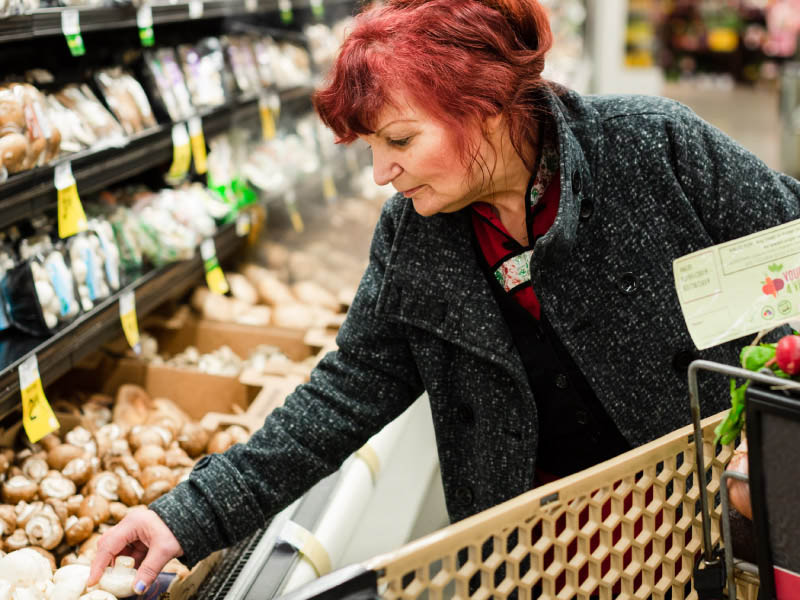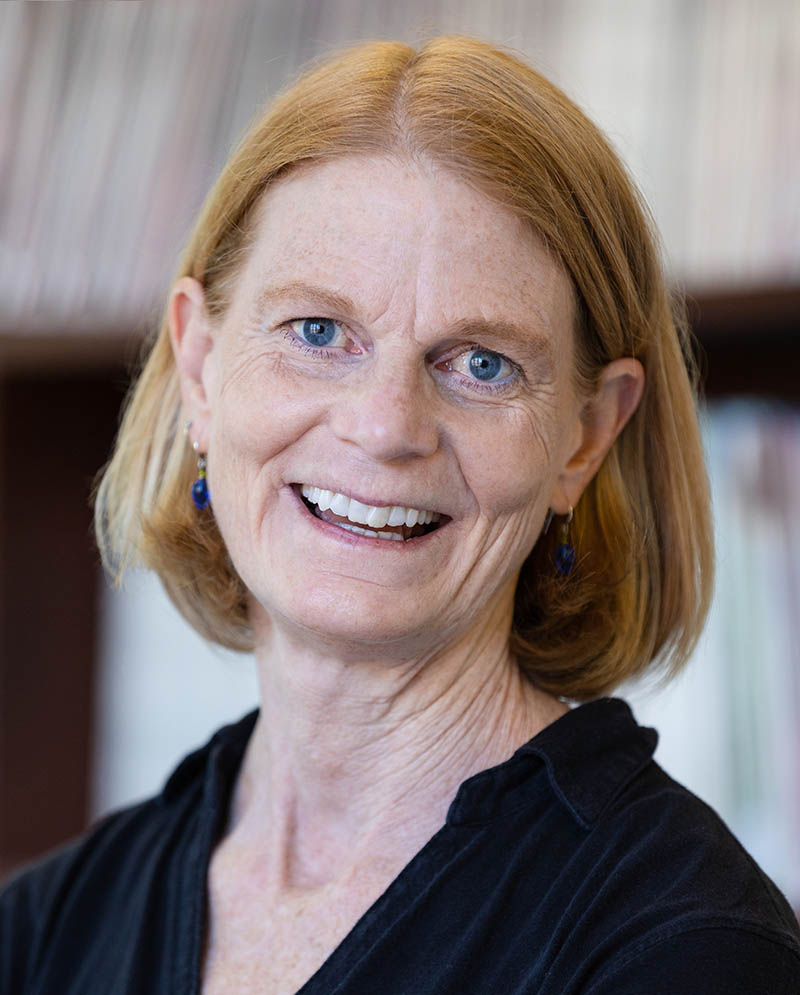Voucher program makes healthy eating easier for food-insecure people
By Diane Daniel, American Heart Association News

As soon as Joseph Angelo enrolled in Vouchers 4 Veggies, he started to replace processed foods with fruits and vegetables.
"There were times when I'd been eating healthier, but I'd really fallen into comfort food like cookies, ice cream, anything with a processed sugar 'high,'" said Angelo, who has Type 2 diabetes. "The nice thing about the vouchers is they're very specific – only for fruits and vegetables and nothing processed."
The San Francisco resident is unemployed and on a tight budget.
"It can be easy to rationalize something processed over healthier choices," he said. "Like if I'm looking at a bag of cookies for $2.50 or apples for $2.50, I might think the cookies are a better value."
During his participation in the program, he mostly used the vouchers for fruits such as apples, peaches and plums, but he also would buy vegetables. "I might buy onions and mushrooms to put in eggs. I wanted easy ways to use produce."
Launched in 2015, Vouchers 4 Veggies is affiliated with the Center for Vulnerable Populations at the University of California, San Francisco. Known locally as EatSF, Vouchers 4 Veggies helps people with low incomes obtain healthy food. It has been replicated in Los Angeles, Cumberland, Virginia, and Boulder, Colorado.
Participants and families enroll through partnering community-based organizations and clinics. They are given vouchers worth $20 to $40 a month for six months that can be used for fruits and vegetables. A produce debit card is in the planning phase and will help the program scale to a larger grocer network.
The program recently received funding from the American Heart Association's Bernard J. Tyson Impact Fund, which supports community-based organizations working to address health inequities.
Diet is an important risk factor in heart disease, diabetes, high blood pressure and other conditions. Research shows a poor diet is associated with an estimated 11 million deaths a year worldwide. Healthier eating could save the United States more than $50 billion a year in health care costs associated with Type 2 diabetes, high blood pressure and other risk factors for heart disease and stroke, according to a 2019 study in the journal PLOS Medicine.
A big issue is money, said executive director Cissie Bonini.

Once participants have the financial means for fruits and vegetables, "they eat them and immediately feel better," Bonini said. Then, they are more likely to keep eating healthy foods, even after their six months in the program.
Angelo did.
He said that although he wouldn't have considered going to a food bank in the past because he didn't want to ask for help, he's now picking up weekly boxes so he can continue eating non-processed foods.
"I get things like fresh apples and pears and oranges, as well as cabbage, potatoes and onions and dairy," said Angelo, who bought a food dehydrator so he could preserve some of his produce for eating later.
He said his weight has stabilized and his diabetes is more under control. "I was eating about 90% processed foods before, and I'm eating 10% processed now."
If you have questions or comments about this story, please email [email protected].





